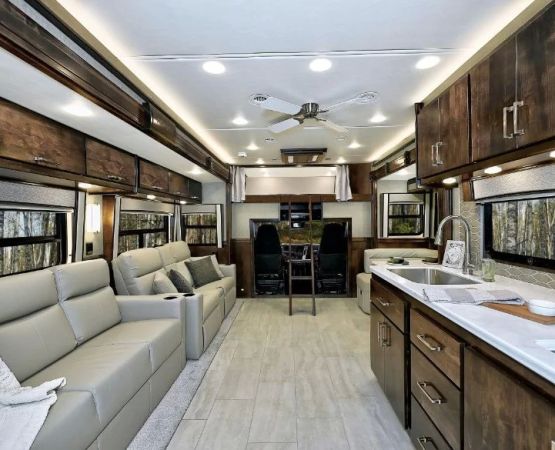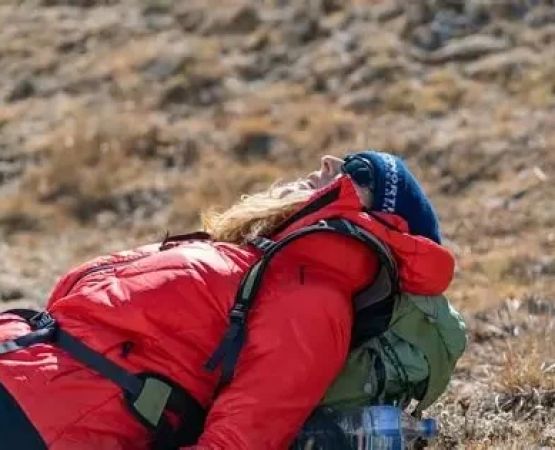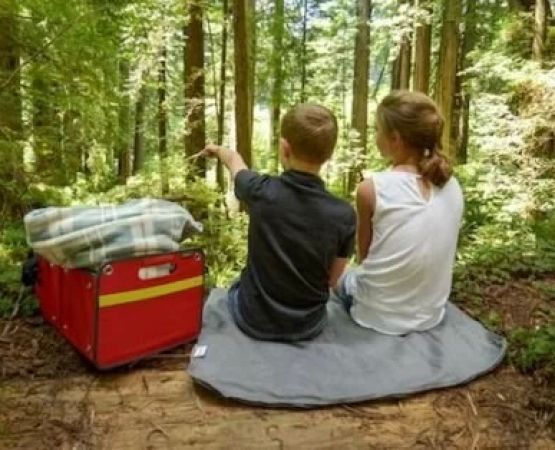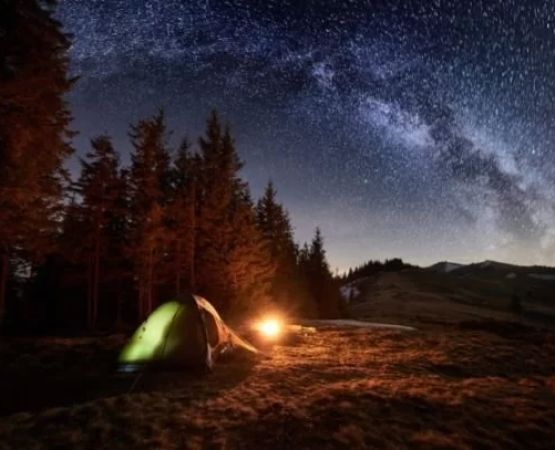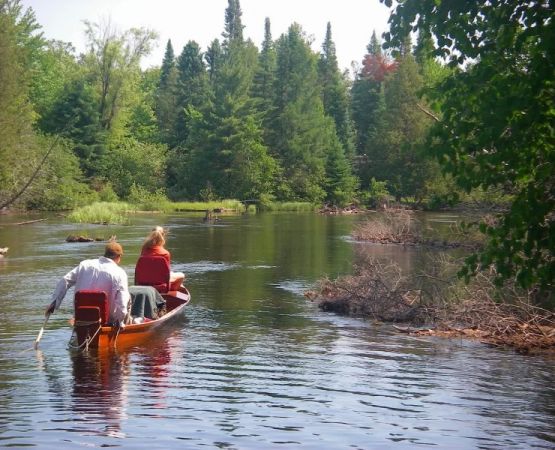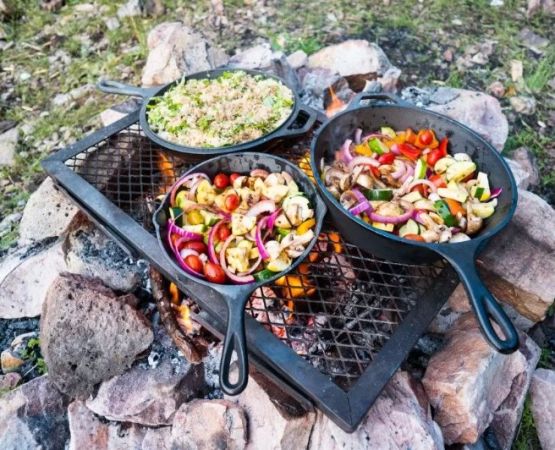- 1 - understanding-backcountry-camping-in-national-forests
- 2 - preparing-for-a-backcountry-adventure
- 3 - safety-strategies-every-camper-needs
- 4 - real-stories-from-the-trails
- 5 - expert-advice-for-first-time-backcountry-campers
- 6 - where-to-find-trusted-gear-and-guidance
Understanding Backcountry Camping in National Forests
The unique character of U.S. forests
When people search for tips for backcountry camping in U.S. national forests, they often want to know what makes these areas different from other wilderness destinations. Unlike national parks, national forests often offer fewer restrictions, giving campers more freedom while also demanding greater responsibility.
Why it’s worth the effort
From pristine alpine lakes to dense pine groves, national forests provide unparalleled access to remote beauty. The trade-off is the need for preparation, awareness, and self-sufficiency.
Preparing for a Backcountry Adventure
Gear essentials
Carrying lightweight but durable gear is critical. Backpacking tents, water filtration systems, and layered clothing make survival not just possible but comfortable. Investing in quality saves headaches when miles away from the nearest road.
Navigation and planning
Relying solely on phone apps is risky. Always carry a paper map and compass, and learn how to use them. Backcountry trails can shift with weather, and offline navigation keeps you safe when technology fails.
Food and storage
High-calorie, easy-to-cook meals are best. Always store food properly—using bear canisters or hanging bags—to protect both you and the wildlife.
Safety Strategies Every Camper Needs
Understanding wildlife behavior
From black bears in Montana to coyotes in Arizona, each forest brings unique wildlife. Knowing how to react reduces risk, and simple practices like cooking away from your tent can prevent encounters.
Fire safety in 2025
With increased wildfire risks, campers must check local regulations before lighting fires. Many travelers now rely on portable stoves as a safer alternative to traditional fire pits.
Emergency preparedness
Carrying a first aid kit, signaling devices, and extra rations ensures you’re ready if something goes wrong. In the backcountry, help can be hours—or days—away.
Real Stories from the Trails
In 2024, a group of hikers in Colorado’s San Isabel National Forest shared how an unexpected snowstorm forced them to use emergency shelters they had packed “just in case.” Their preparedness turned what could have been a dangerous situation into a memorable survival story. Another camper recalled the awe of waking up to elk grazing nearby in Oregon’s Deschutes National Forest, a reminder of why the extra effort of backcountry camping is worth it.
Expert Advice for First-Time Backcountry Campers
Start small
Experts recommend beginning with a one- or two-night trip before attempting extended backcountry stays. This allows you to test gear and build confidence.
Respect the Leave No Trace ethic
Preserving the environment ensures future generations can enjoy the same beauty. Pack out everything you bring in, and choose durable surfaces for camping.
Know your limits
Backcountry trips can be physically demanding. Training with loaded packs and preparing for altitude changes can make the experience much safer and more enjoyable.
Where to Find Trusted Gear and Guidance
For those planning their first or next trip, Pine Cliff Resort 【 】 offers curated gear recommendations and camping essentials to help you make informed choices. From lightweight backpacks to reliable safety tools, finding quality equipment ensures peace of mind deep in the forest.
By following these tips for backcountry camping in U.S. national forests, campers can turn challenges into rewarding experiences, creating stories that last a lifetime.


